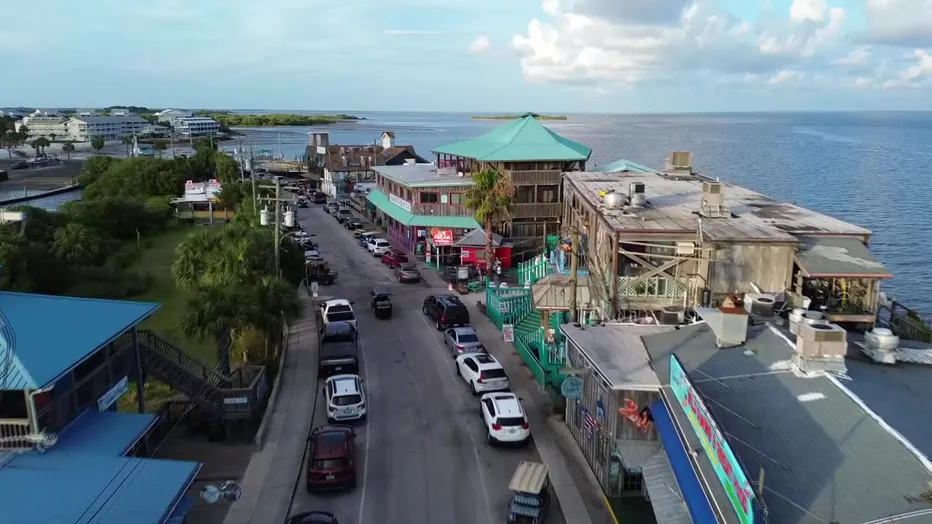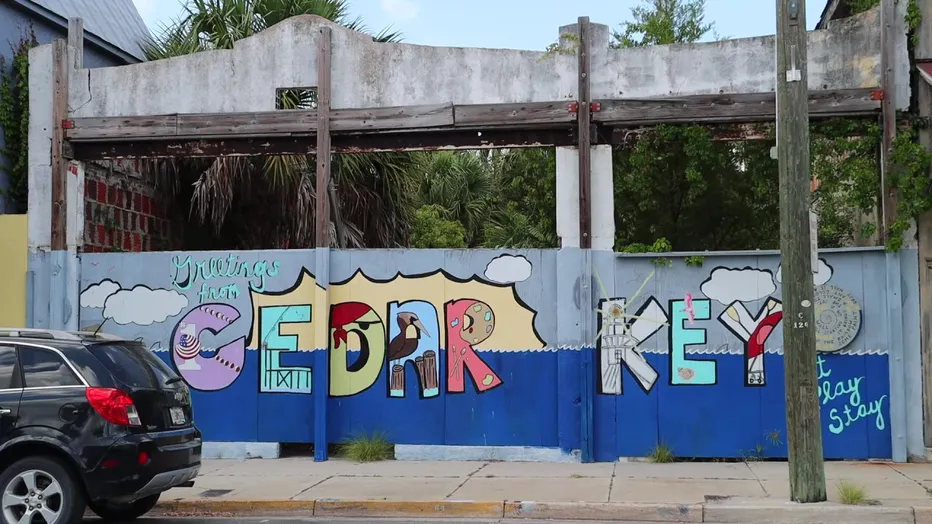CEDAR KEY
Research Projects and Academic Courses
Long-term Resilience
Cedar Key
Cedar Key is a historic community with a range of housing stock, ages, construction types, and economic values. This housing stock traditionally supported a diverse community across race, age, and economic status. Like many coastal communities in Florida, Cedar Key has seen property values rise substantially in recent years, making housing unaffordable to many people. Coupled with increased risk from rising tides/coastal flooding, structure age, and costs of upkeep, Cedar Key’s housing stock is vulnerable to storm damage as well as conversion to short-term rental properties. Cedar Key’s housing should be affordable, resilient to flooding, and diverse in order to support the diverse members of the community.
Cedar Key is connected to the mainland along State Road 24 across a series of low bridges; secondary roads including 3rd Ave., Whiddon Ave., Gulf Blvd., and Hodges Ave serve to connect the entire island. Areas of State Road 24 and internal feeder roads are at risk from nuisance flooding and completely impassable during storms. Residents and visitors may face travel disruptions, lack of reliable municipal services, and significant damage to vehicles and other property that comes into contact with salty floodwaters. Improving the community connections across the City of Cedar Key and maintaining consistent access to the mainland. Ensuring access routes weather the rise and fall of tides is of primary importance.
Cedar Key is a small town that has invested significantly in local drinking water, sewer, and stormwater networks that maintain critical services and functions within the City limits. More extensive networks of roads, electrical grids, and solid waste facilities maintained by the county, state, or other cooperating entities provide essential connectivity to mainland services. Critical facilities related to drinking water and sewage treatment that service Cedar Key and septic tanks/private wells that service unincorporated areas may be more threatened by saltwater intrusion and rainwater flooding in the future. Contamination from shallow wells and septic systems impacted by sea level rise is a future risk. Ensuring the continuous functionality of these critical services even in exceptional flood events is a primary concern for the community.

